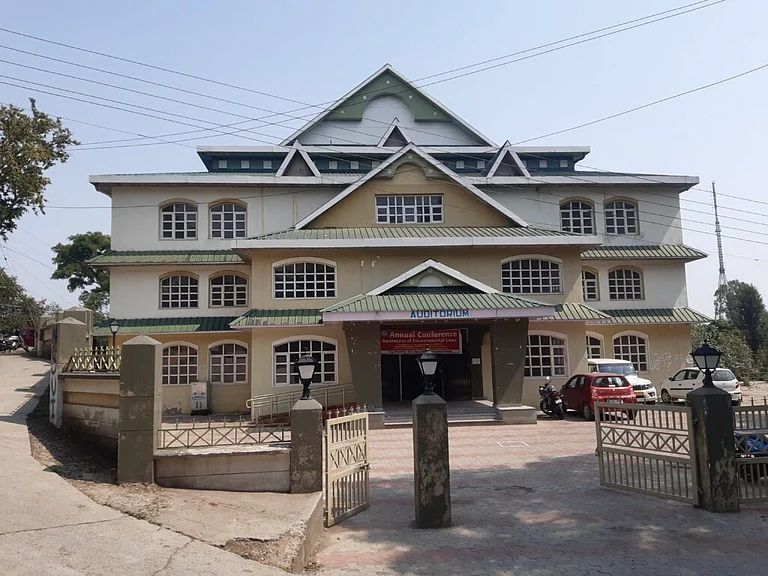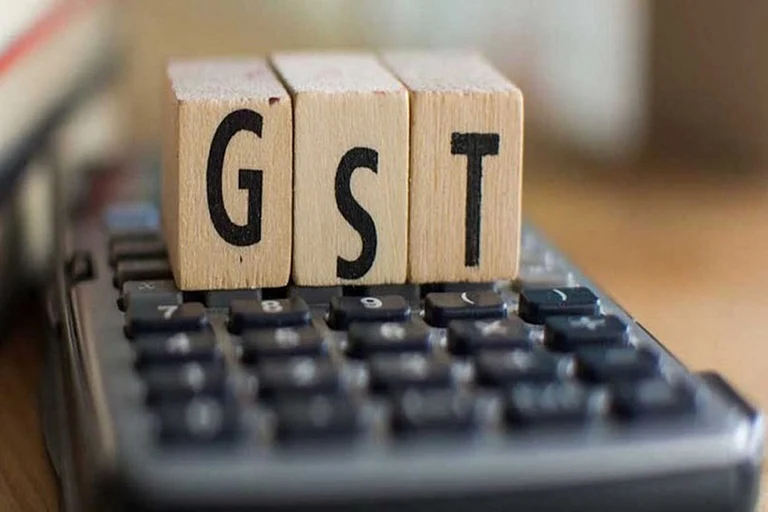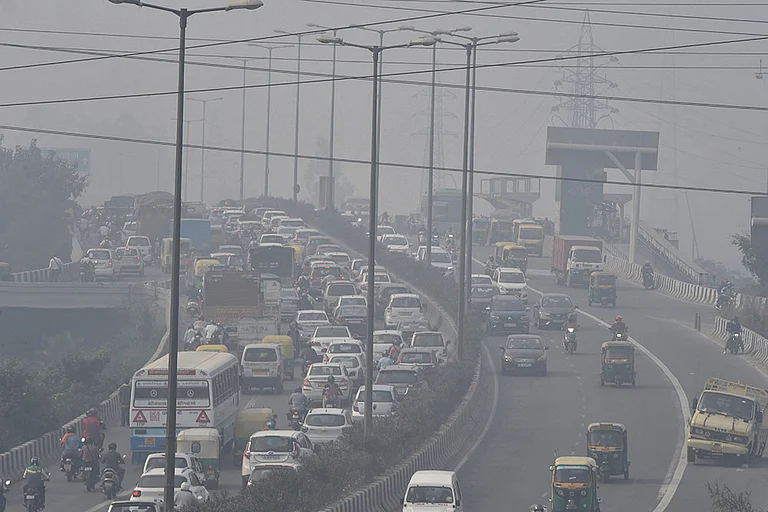Diwali is the festival of illumination. Diwali resonates with the thought of triumph of light over darkness; good over evil. Being one of the most vibrant festivals celebrated across the country, Diwali unquestionably brings to all of us a sense of inexplicable joy and tremendous excitement.
Besides lights, colourful rangolis, sweets and gifts, firecrackers also have always been an integral part of the celebration. But what bothers us today the most is the precedence the firecrackers are getting over all the other attributes and how our health is bearing the brunt of it.
For a few seconds of delight and unreasonable joy as the firecrackers light up the entire sky, we, for years, have been engendering irreparable damage to our health by exposing ourselves to toxic chemicals.
Firecrackers generously contribute in elevating the particulate matters (PM 2.5) in air.
Since past few years, doctors across the country have been reporting a considerable surge in number of patients suffering from severe respiratory disorders during Diwali festival. The list of ailments very frequently includes asthma and Coronary Obstructive Pulmonary Disease (COPD), which are directly associated with exposure to polluted and toxic air.
Firecrackers: A source Particulate Matters (PM) and toxic gaseous substances
Firecrackers are composed of two fundamental chemical components- a base and a metal salt. The bases like charcoal, sulfur, potassium nitrate, chlorate, perchlorate, and manganese etc. make the burning happen while the metal salts like strontium carbonate, lithium carbonate, calcium chloride, sodium chloride, barium compounds and several others add colours to the flame.
Burning of firecrackers emit a wide range of invisible particulate matters (PM) with varying diametrical sizes including PM 2.5, PM 10, fine particles, ultrafine particles and nanoparticles. Emission of these particulate matters generously contributes in the elevation of the suspended particulate matter density in the air during the Diwali celebrations.
Amongst all these, the PM 2.5 is specifically found to be extremely hazardous to health. These invisible troublemakers are capable of causing various short-term and long-term respiratory health hazards.
The particle owns a number of advantageous features like relatively larger surface-to-volume ratio (which in simple terms means greater exposure to the environment than the other particles), prolonged residence time in the atmosphere and the ability to carry a persistently high proportion of organic compounds than other particles. All these features are primarily responsible for the elevated potency of the particle to cause more environmental and biological hazards.
Moreover, diwali celebrations also engender the elevation of toxic gases in the atmosphere.
Last year in Delhi, a sharp increase in the Sulphur dioxide (SO2) levels was observed post-diwali.
According to experts from the Delhi-based non-profit Centre for Science and Environment (CSE) Sustainable Cities Programme, while very high concentrations of PM2.5 had drawn a massive attention as Delhi’s Air Quality Index (AQI) was deteriorating speedily, the levels of gases including ozone, carbon monoxide or nitrogen dioxide (NO2) had also remained elevated.
Besides, the ratio of sulphur dioxide (SO2) and nitrogen dioxide (NO2) increased as well on Diwali in Delhi last year which was a conspicuous indication of an increased level of pollution caused by the firecrackers.
Particulate Matters: The Invisible Troublemakers
Particulates or the atmospheric particulate matter (PM) are often defined as microscopic air pollutants made up of solid or liquid matter. From dust, dirt and smoke to soot and liquid droplets- all of them can be categorised under the tag of atmospheric particulate matter.
Presence of these microscopic particles in the atmosphere in exceeding levels often becomes the causative agent behind a number of serious threats to human body as well as to the environment.
How small are the particles?
The term fine particles, or particulate matter 2.5 (PM 2.5) refers to the group of particulate matters present in the air that are two and a half microns or less in width.
Micron is a unit of measurement for distance. An inch accounts for 25,000 microns. In fact the width of the considerably larger particles within the PM 2.5 size range would be about thirty times smaller than that of a human hair. The smaller particles ones are so small that several thousand of them could fit well within the period that we use at the end of this sentence.
Firecrackers causing pulmonary diseases
Study suggests that India witnesses a whopping 30%–40% increase in the cases of wheezing, respiratory infections, exacerbation of bronchial asthma, and chronic obstructive pulmonary disease (COPD) in and around Diwali festival. The pre and post diwali hospitalization rate owing to respiratory or pulmonary disorders vary significantly in both rural and urban locations.
Children appear to be the most susceptible to developing infections from the harmful effects of firecrackers as their lungs are still growing.
According to a National Centre for Biotechnology Information (NCBI) study “their airway epithelium is more permeable to air pollutants, has a poor defense against PM as compared to adults, and has differential ability to metabolize and detoxify environmental agents.”
The study also suggests that the PM 2.5 particles, owing to their infinitesimally small diametrical size, have the ability to reach the distal portions of the lung and produce relatively more reactive oxygen species than PM10 and is therefore more harmful.
Exposure to these fine particles can cause short-term health effects such as eye, nose, throat and lung irritation, coughing, sneezing, runny nose and shortness of breath. It can also affect lung function and worsen medical conditions such as asthma and heart disease.
Other Health Hazards
Besides meddling with the normal functioning of the respiratory repertoire of human body, prolonged and persistent exposure to PM 2.5 also causes alter host defense and lung cancer as well. Some recent studies have also established a nexus between exposure to the harmful atmospheric particulates and premature death.
Barring the pulmonary ailments, the various chemical components of the firecrackers burnt in Diwali (i.e copper, cadmium, zinc, lead, magnesium, sodium etc.) are responsible also for a long list of other health hazards including reduced capacity of carrying oxygen to blood, vomiting and fume fever.
Besides pulmonary diseases, exposures to Particulate Matters are reported to cause chronic cardiovascular diseases as well.
Individuals exposed to that air are very much prone to suffer from ear, eye, nose and throat infections. Diwali is also a difficult time for those who are suffering from infections and allergies.
Presence of radioactive elements to spread the colour in the sky when the crackers burst also potentially increases the risk of cancer.



























